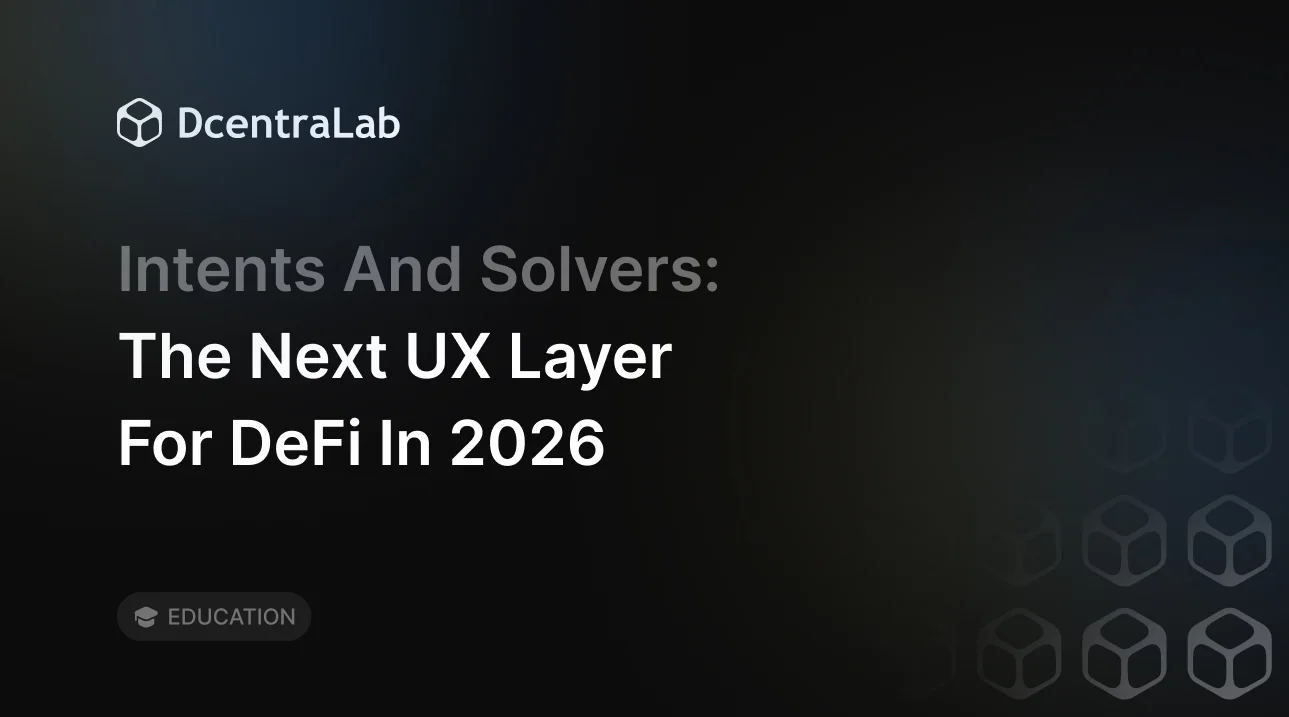What is Decentralized Lending? A Deep Dive into Aave, Compound, & More

tl;dr
- Traditional lending and borrowing systems lack transparency and can be slow and cumbersome
- Decentralized lending and borrowing protocols operate on a peer-to-peer basis, using smart contracts to automate loan terms and conditions
- Aave is a leading DeFi protocol allowing users to lend cryptocurrencies into liquidity pools and borrow against deposited assets as collateral
- Compound is another prominent DeFi protocol focusing on lending and borrowing services on the Ethereum blockchain, offering cTokens representing deposits
Introduction
Traditional lending and borrowing systems have been the cornerstone of financial transactions for centuries. These systems typically involve intermediaries such as banks, which play a central role in facilitating loans and deposits. While they have served their purpose, these systems often lack transparency and can be slow and cumbersome.
One of the major drawbacks of traditional finance is the lack of transparency. Borrowers may find it difficult to understand the terms and conditions of their loans, and there may be hidden fees or charges that are not disclosed upfront. Additionally, the centralized nature of traditional finance can lead to bottlenecks and inefficiencies.
To address these issues, DeFi emerged. DeFi is an umbrella term that covers different protocols that mirror traditional financial institutions but are transparently implemented on blockchain tech.
What are Decentralized Lending and Borrowing Protocols?
Decentralized lending and borrowing protocols are a type of DeFi protocol. Unlike traditional lending systems that rely on intermediaries, these protocols operate on a peer-to-peer basis, allowing individuals to lend and borrow directly from each other.
The core principle behind these protocols is the use of smart contracts. These self-executing contracts automate the terms and conditions of loans, ensuring transparency and security. When a borrower takes out a loan, a smart contract is created that outlines the interest rate, repayment schedule, and other relevant details. If the borrower fails to repay the loan on time, the smart contract automatically enforces penalties or liquidates the collateral.
Aave: A Pioneer in Decentralized Lending
Aave is a leading DeFi protocol that focuses on lending and borrowing. Users can lend various cryptocurrencies into liquidity pools to earn interest, while also borrowing against deposited assets as collateral.
Aave's unique selling points set it apart. Flash loans allow users to borrow large sums without collateral, as long as the loan is repaid within a single transaction. This opens up advanced trading strategies. Aave also boasts multi-chain support, allowing users to leverage DeFi across various blockchain networks.
AAVE token holders further contribute to the platform's success through decentralized governance, voting on crucial upgrades, and risk parameters.
Compound: Another Major Player in DeFi
Compound is another prominent DeFi protocol that focuses on lending and borrowing services on the Ethereum blockchain. While similar to Aave's core function, Compound differentiates itself in several areas.
Aave and Compound, though both pioneers in DeFi, have distinct features. Aave offers a wider range of supported assets and dynamic interest rates, while Compound maintains a more limited asset selection and fixed interest rates for each asset. Notably, Aave supports flash loans, a feature absent from Compound.
Compound's strengths are noteworthy. It pioneered a decentralized governance system, setting a standard for community-driven decision-making. The distribution of COMP tokens, its governance token, ignited the yield farming trend, significantly boosting user engagement and locked value. Its straightforward lending and borrowing model and strong security track record attract users of all levels. Additionally, Compound's cTokens, representing deposits, are easily integrable into other DeFi applications

The Impact of Decentralized Lending on Financial Inclusion
By eliminating intermediaries and providing access to financial services without traditional requirements like credit scores, DeFi protocols can open up opportunities for underserved populations.
Individuals who may have been excluded from traditional banking systems due to lack of documentation or credit history can now participate in the global financial market through DeFi. This can empower individuals and communities, fostering economic growth and reducing poverty.



.webp)